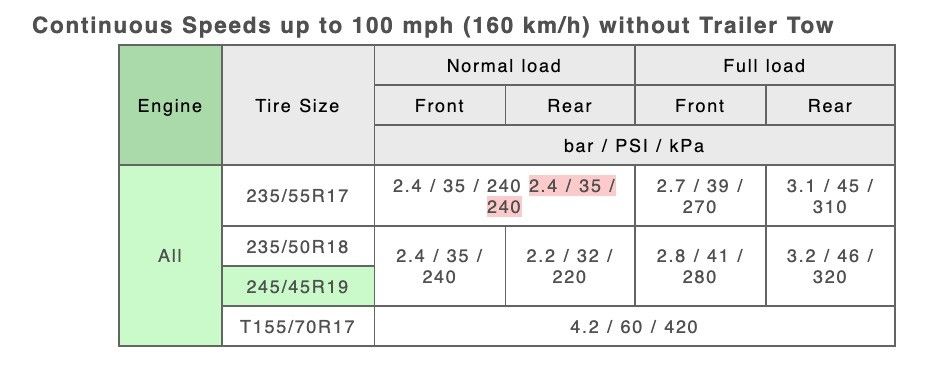Representing change in DITA and DocBook CALS tables
DeltaXML are excited to announce new versions of their world leading DITA and DocBook comparison software. Our research and development teams have been creating sophisticated new methods for handling CALS Tables, successfully released in XML Compare version 12 and now available in both DITA Compare version 10 and DocBook Compare version 8. These new versions include a major update to the way we handle CALS tables when comparing tables and reporting differences, together with a few new configuration capabilities to get the best results possible when processing tables.
Improved DocBook and DITA table comparison
Anyone who has tried to compare XML tables knows how tricky this can be. There is a trade-off between capturing structural changes and showing the content changes in a way that is useful for the reader. Our new DocBook and DITA Compare products include a completely fresh approach to table comparison showing users as much detail as possible when showing content changes. If you are used to seeing row duplications in table results, you’ll be pleased to know that these have been significantly reduced. In most cases, changes are now shown at the cell level, presenting a more intuitive and readable table result.
Changes to spans
Handling spans is much improved with the results far more easy to display and understand when reviewed. Previously, row duplication often occurred when table changes included a modification to a span. The following examples show how the superior table results for both row and column spanning changes.
Old Result
New Result
Finer-grained Results
Our adopted approach delivers a more detailed result for cells and rows. Sometimes, the old algorithm would duplicate the entire table to display changes. Now, in most cases, that ‘fallback’ position is no longer used and we get a significantly greater result that is easy to read. In the example below, it’s much easier to identify the new tire pressure data added to the table.
Old Result
New Result
Column Alignment
One of the most basic and most difficult aspects to understand and represent in tables is when a column moves, is added or deleted. The new result makes more sense and is immediately apparent to the viewer and easier to understand.
Input A
Input B
Old Result
New Result
Exciting new capabilities in DocBook Compare 8.0/DITA Compare 10.0
Ordered and ‘orderless’ columns
Now that columns are handled more intuitively, it’s possible to change how they’re compared. By default, column order is significant, i.e. if column order changes, that is flagged up in the result (as in the example above). However, if column order doesn’t matter, configure the comparison to ignore column order and it will align them differently in the result.
Input A
Input B
Old Result
New Result
Column keying
When ignoring the order of columns, you can control how columns align. By default, they align based on their content. However, it is possible to set up column ‘keys’ to control how the alignment takes place. The following keying modes are available:
AUTO – the content of each column is used to find the best alignment
COLNAME – columns are only aligned if they have the same colname attribute on their cells
POSITION – columns are aligned purely by position i.e. column 1 in A aligns with column 1 in B etc.
It is also possible to manually provide custom keys for each column by adding processing instructions into the table. See the user documentation for more details.
Download your update today or get a free evaluation trial!
These table enhancements will be roll out to our other products shortly, including DITA and DocBook, and will also support xHTML tables, subscribe to our newsletter to be kept up to date with all new releases. We are always keen to hear your feedback. If you’re already a customer of DeltaXML, these releases will be available immediately. Head over to MyDelta and update your license today. If you are new to DeltaXML, request a free trial license and our technical experts we will be happy to onboard you.




























